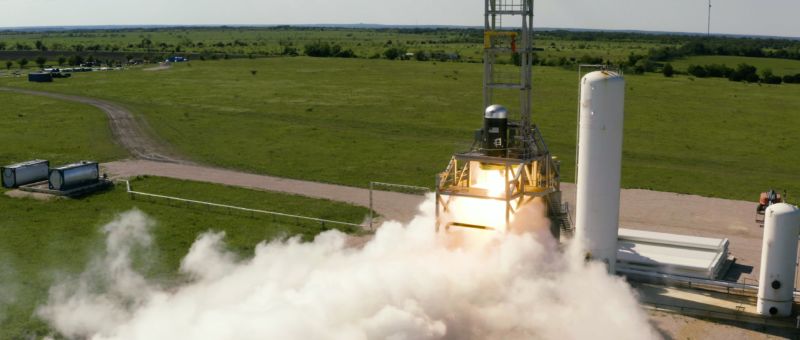
It was nearly twice as good at identifying manipulated images compared to humans.
The research: Researchers from Adobe and UC Berkeley have created a tool that uses machine learning to identify when photos of people’s faces have been altered. The deep learning tool was trained on thousands of images scraped from the internet. In a series of experiments, it was able to correctly identify edited faces 99% of the time, compared to a 53% success rate for humans.
The context: There’s growing concern over the spread of fake images and ‘deepfake’ videos. However, machine learning could be a useful weapon in the detection (as well as the creation) of fakes.
Some caveats: It’s understandable that Adobe wants to be seen to act on this issue, given its own products are used to alter pictures. The downside is that this tool only works on images that were made using Adobe Photoshop’s Face Aware Liquify feature.
It’s just a prototype, but the company says it plans to take this research further and provide tools to identify and discourage the misuse of its products across the board.
This story first appeared in our daily newsletter The Download. Sign up here to get your dose of the latest must-read news from the world of emerging tech.
Charlotte JeeI write The Download, the only newsletter in tech you need to read every day. Before joining MIT Technology Review I was editor of Techworld. Prior to that I was a reporter covering the intersection of politics, the public sector and technology. In my spare time I run a venture called Jeneo aimed at making tech events more inclusive. I regularly do public speaking and crop up on the BBC from time to time. Sign up for The Download here.
ImageAdobe
Charlotte JeeI write The Download, the only newsletter in tech you need to read every day. Before joining MIT Technology Review I was editor of Techworld. Prior to that I was a reporter covering the intersection of politics, the public sector and technology. In my spare time I run a venture called Jeneo aimed at making tech events more inclusive. I regularly do public speaking and crop up on the BBC from time to time. Sign up for The Download here.
ImageAdobe
via Technology Review Feed – Tech Review Top Stories http://bit.ly/1XdUwhl
June 17, 2019 at 09:04AM


